Northern Portugal captivates visitors with its rich cultural heritage, breathtaking landscapes, and authentic experiences far from overcrowded tourist destinations. This lush green region offers everything from historic cities to spectacular natural wonders.
Here is a list of 15 remarkable places to discover in Northern Portugal.
Historic Porto
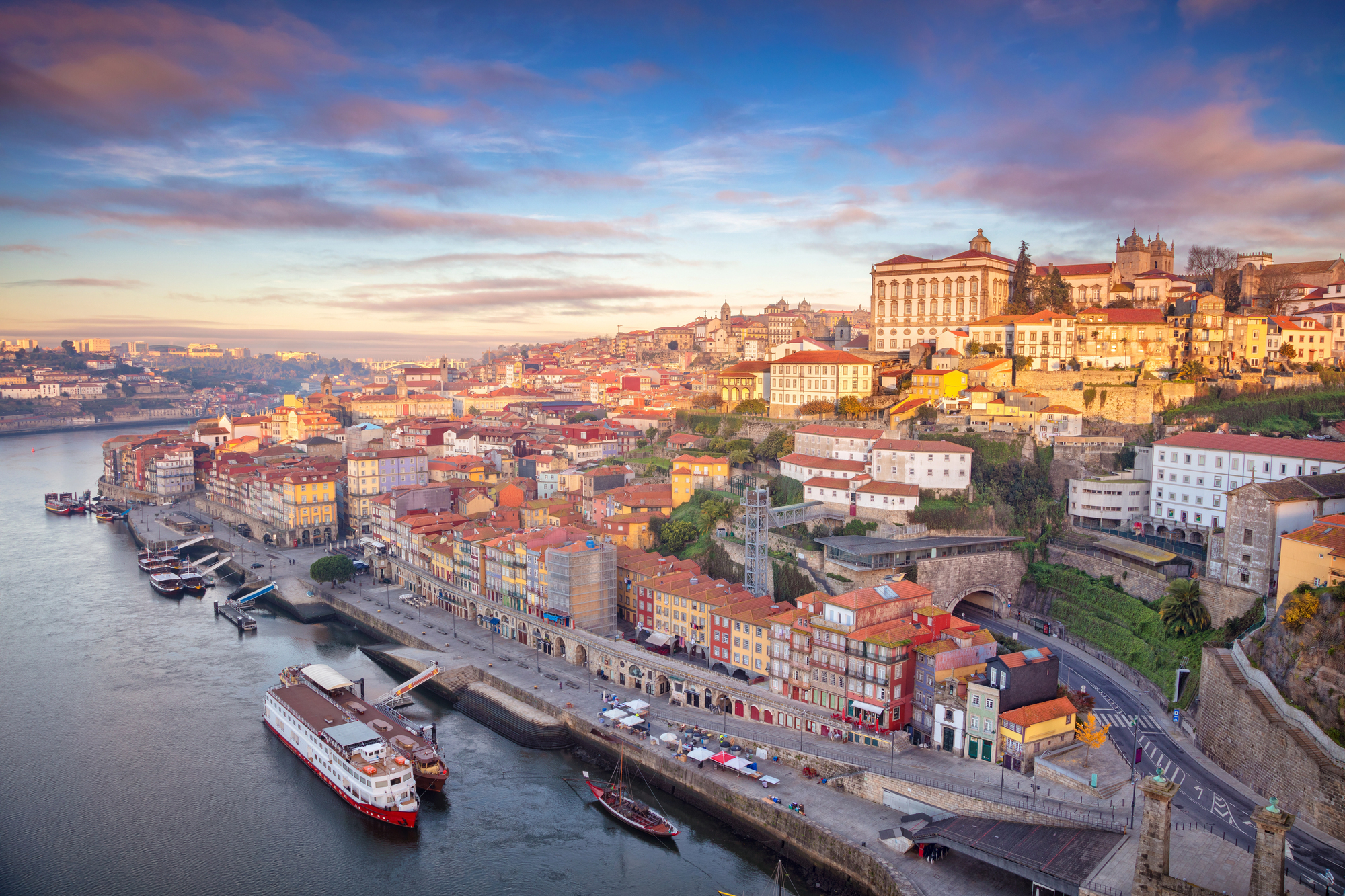
The vibrant city of Porto serves as the perfect gateway to Northern Portugal. With its UNESCO-listed historic center, Porto charms visitors with narrow winding streets and colorful buildings cascading down to the Douro River.
The iconic Dom Luís I Bridge connects Porto to Vila Nova de Gaia, where you’ll find the famous port wine cellars. Don’t miss the opportunity to sample this fortified wine in its birthplace while enjoying riverside views.
Douro Valley
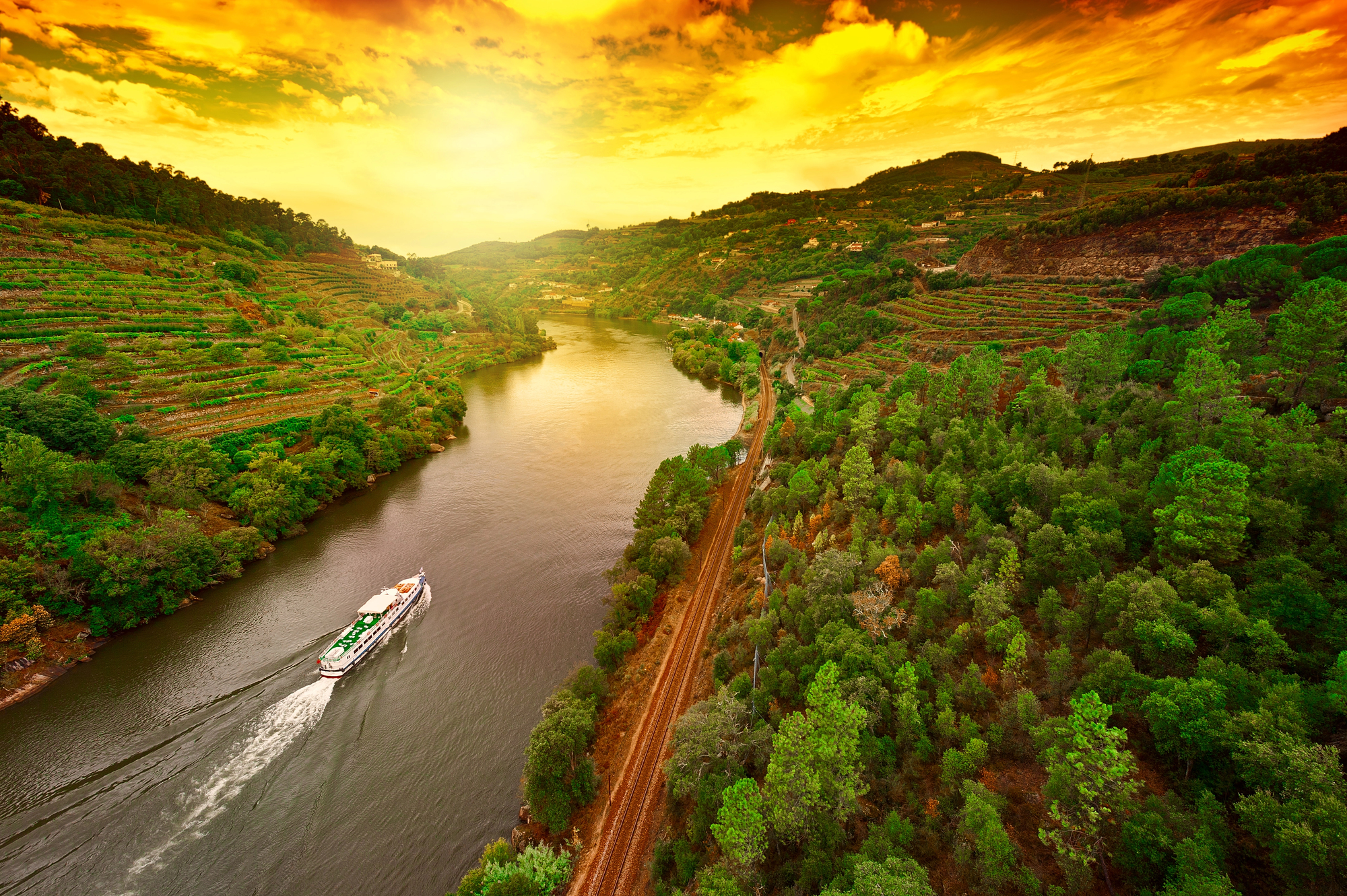
The Douro Valley, a UNESCO World Heritage Site, is Portugal’s most famous wine region with a magnificent river flowing through terraced vineyards. Take a river cruise from Pinhão, the valley’s prettiest town, to fully appreciate the dramatic landscape shaped by centuries of wine production.
The scenic viewpoints along the valley offer jaw-dropping panoramas that photographers will treasure.
Guimarães
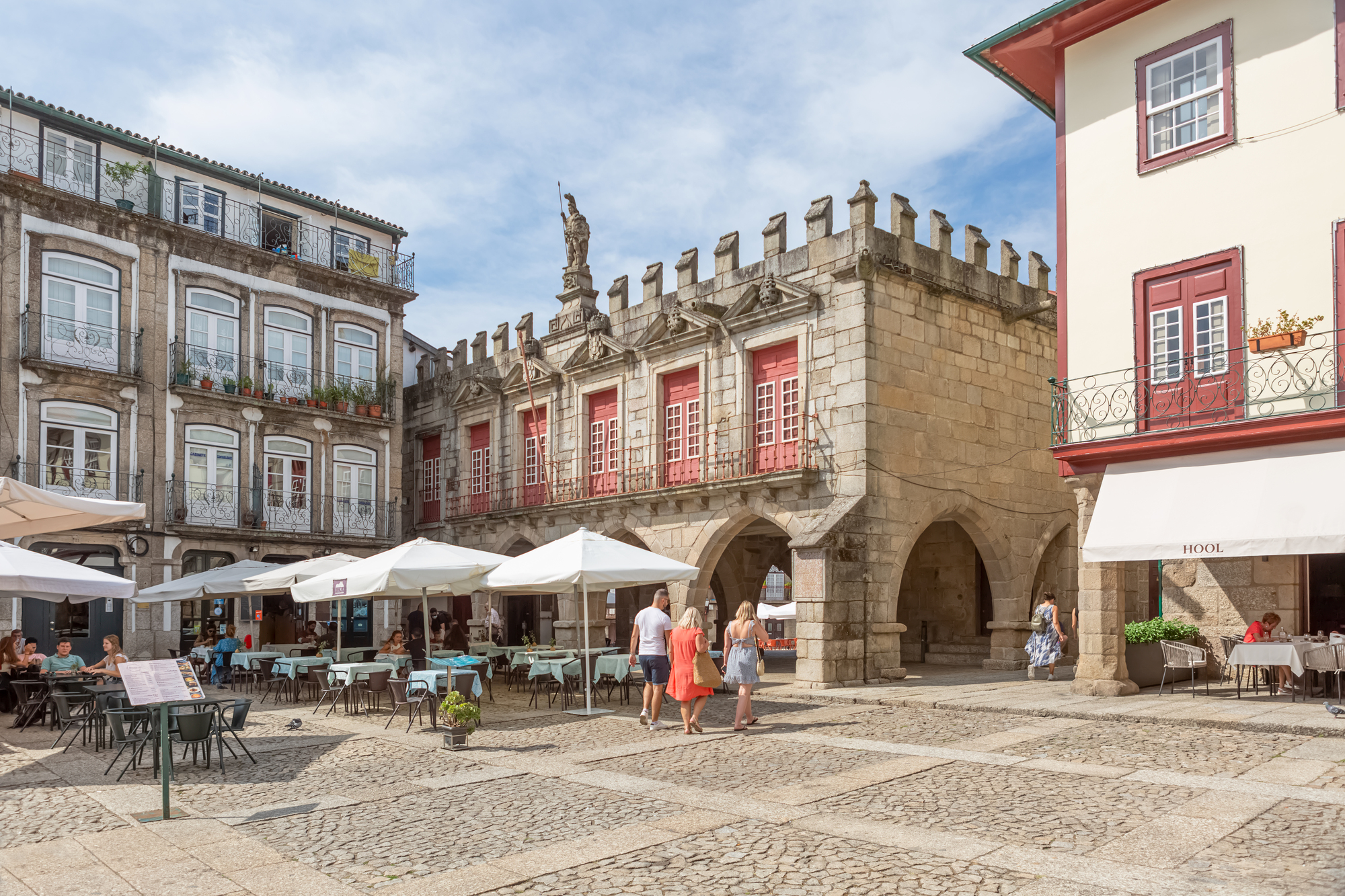
Often called the birthplace of Portugal, Guimarães holds immense historical significance. The phrase “Aqui nasceu Portugal” (Portugal was born here) adorns one of the old towers in the city center, marking where Portugal’s first king,
Dom Afonso Henriques, was born. Wander through the well-preserved medieval center with its charming plazas and Gothic architecture, and visit the imposing 10th-century castle that defended the young nation.
Like Travel Pug’s content? Follow us on MSN.
Braga
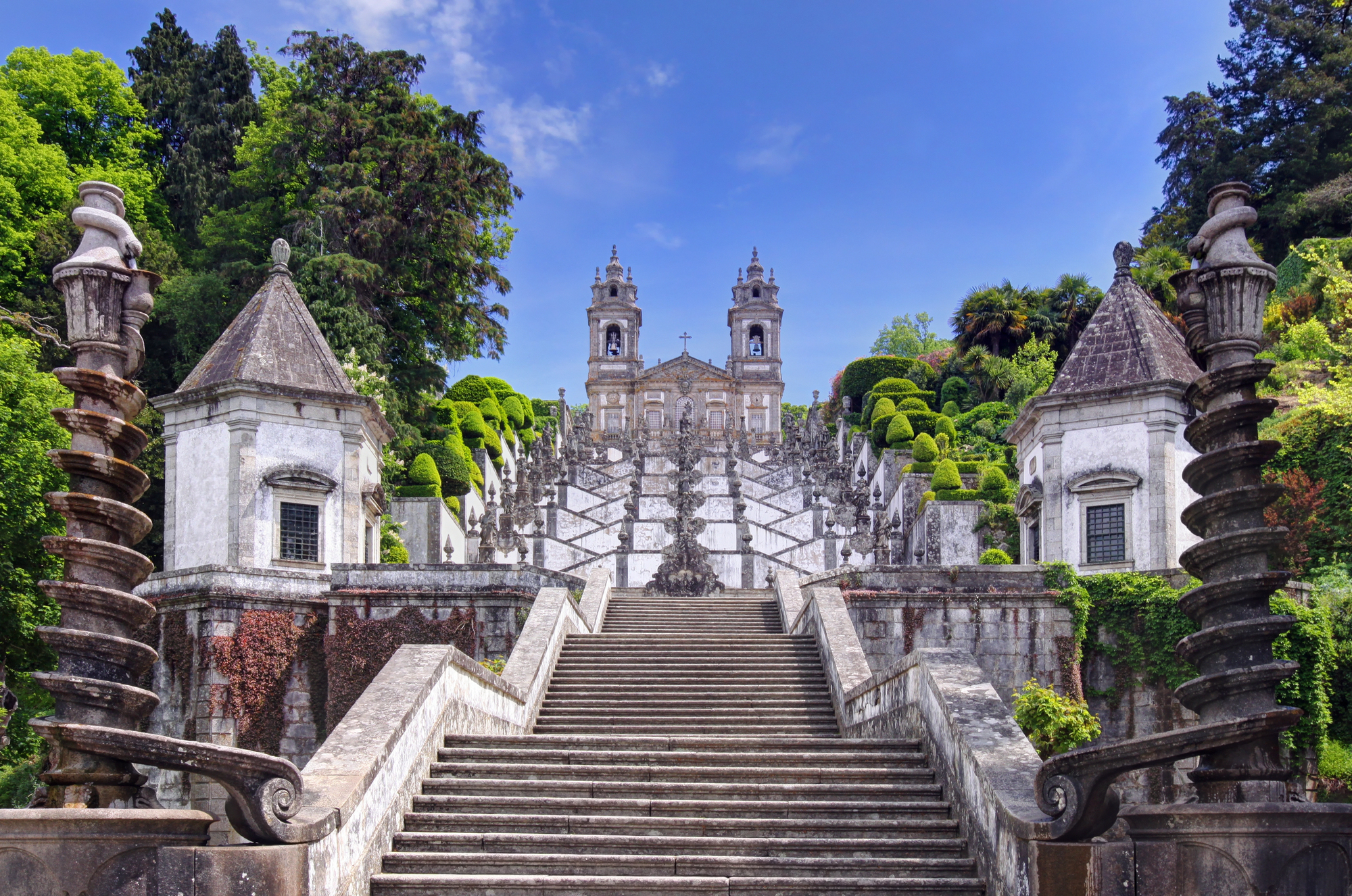
Braga, one of Portugal’s oldest cities, is often called the “Rome of Portugal” due to its impressive collection of churches and religious monuments. The city blends ancient and modern elements seamlessly, with manicured gardens and lively squares contrasting with historic buildings.
The highlight of any visit is the spectacular Bom Jesus do Monte sanctuary just outside town.
Peneda-Gerês National Park
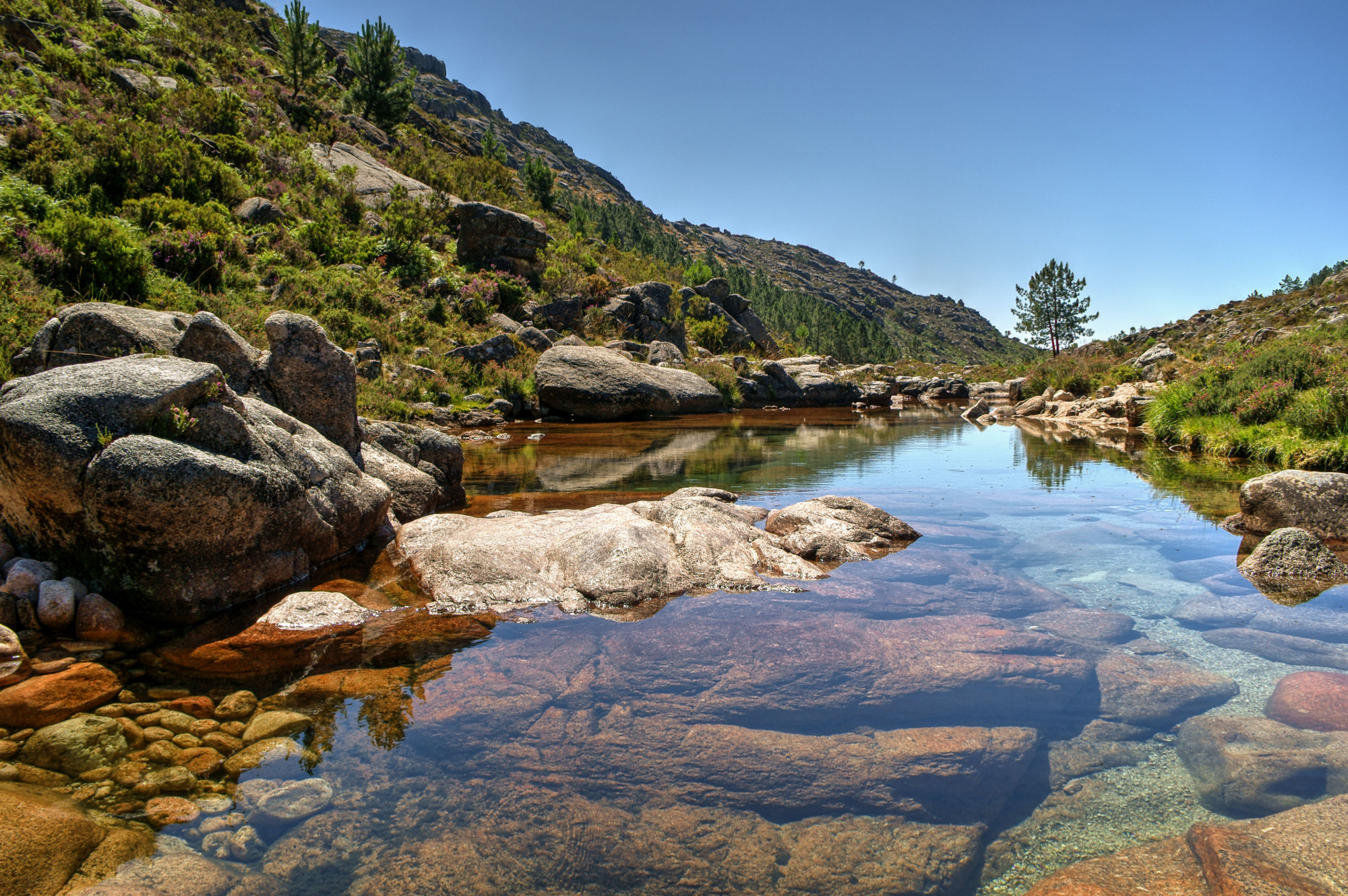
Portugal has only one National Park, called Peneda-Gerês, consisting of over 700 square miles of breathtaking nature along the northern border with Spain. This pristine wilderness offers hiking trails through ancient oak forests, crystal-clear lakes, and dramatic mountain landscapes.
Keep an eye out for the semi-wild garrano ponies that roam freely throughout the park.
Bom Jesus do Monte
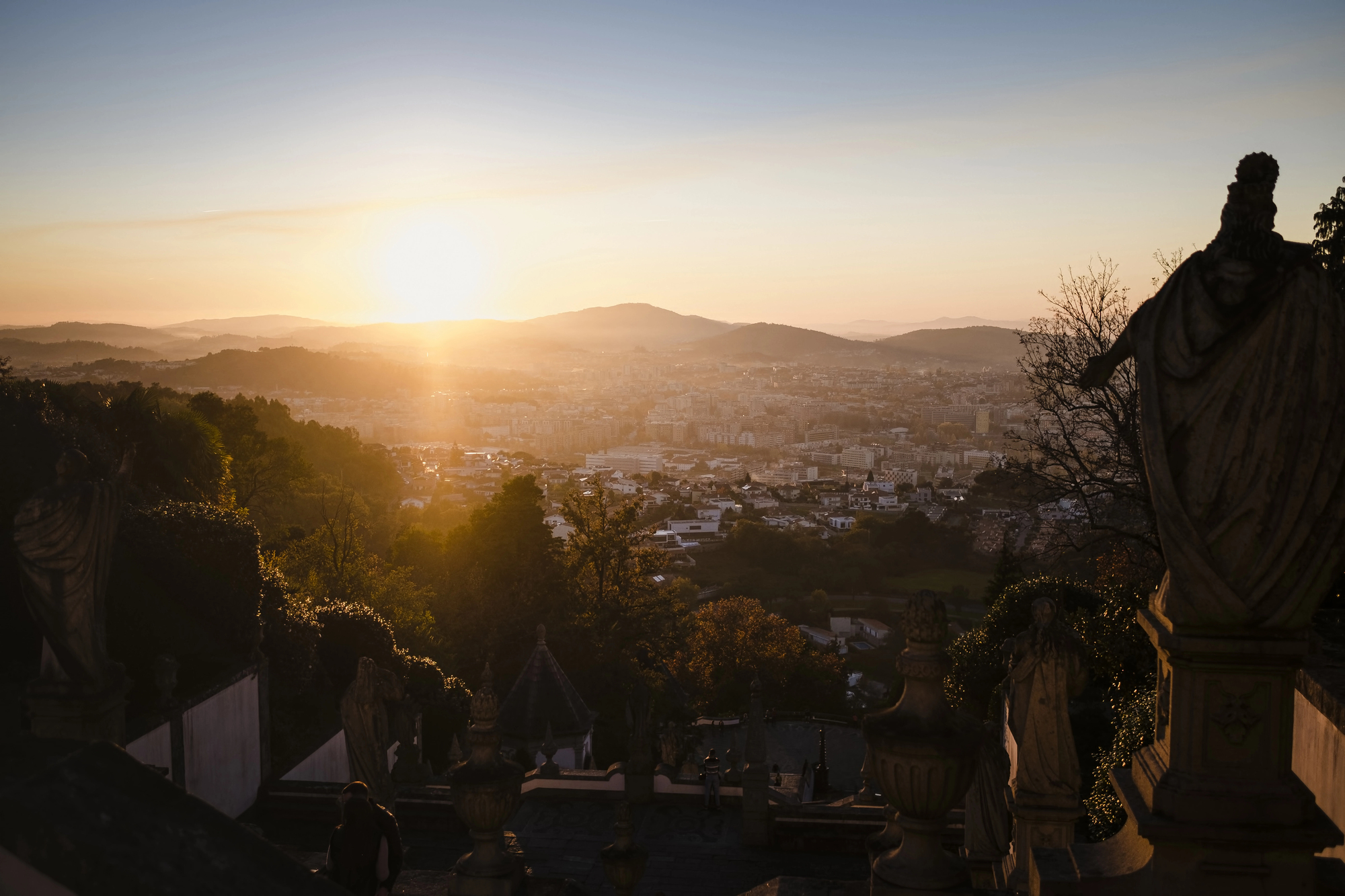
This spectacular sanctuary near Braga features one of Portugal’s most impressive architectural achievements. The hilltop sanctuary is reached by a magnificent Baroque stairway depicting the ascension to heaven.
Zigzagging up the hillside, the monumental staircase includes ornate fountains, statues, and chapels representing the Stations of the Cross. For those wanting to avoid the climb, a historic water-powered funicular provides an alternative route.
Like Travel Pug’s content? Follow us on MSN.
Viana do Castelo
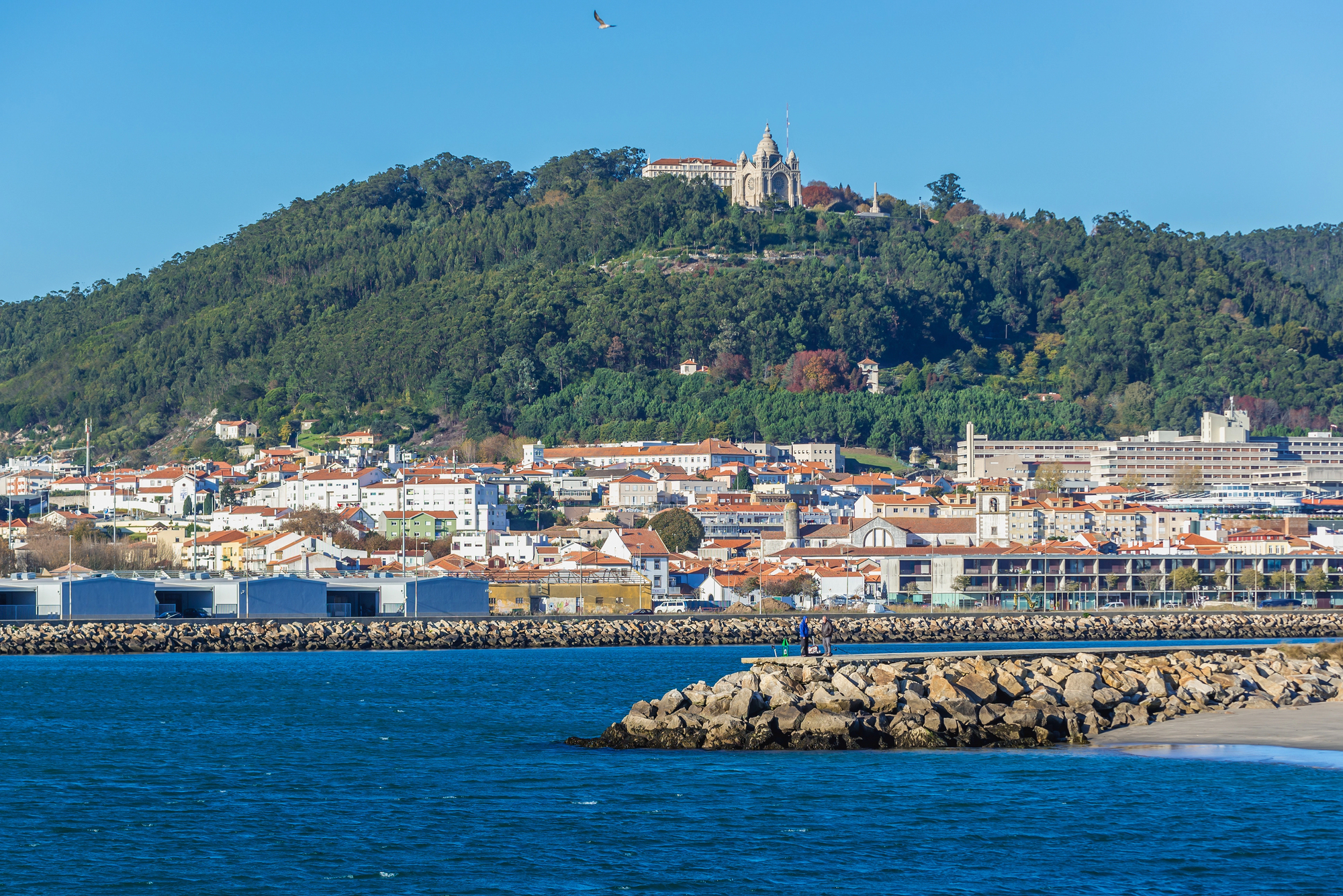
This elegant coastal city offers a perfect blend of maritime tradition and architectural beauty. Its historic center boasts well-preserved Renaissance, Baroque, and Art Nouveau buildings.
High above the city sits the neo-Byzantine Basilica of Santa Luzia, providing spectacular views of the Atlantic coastline and the Lima River estuary. The nearby beaches attract both sunbathers and surf enthusiasts.
Ponte de Lima
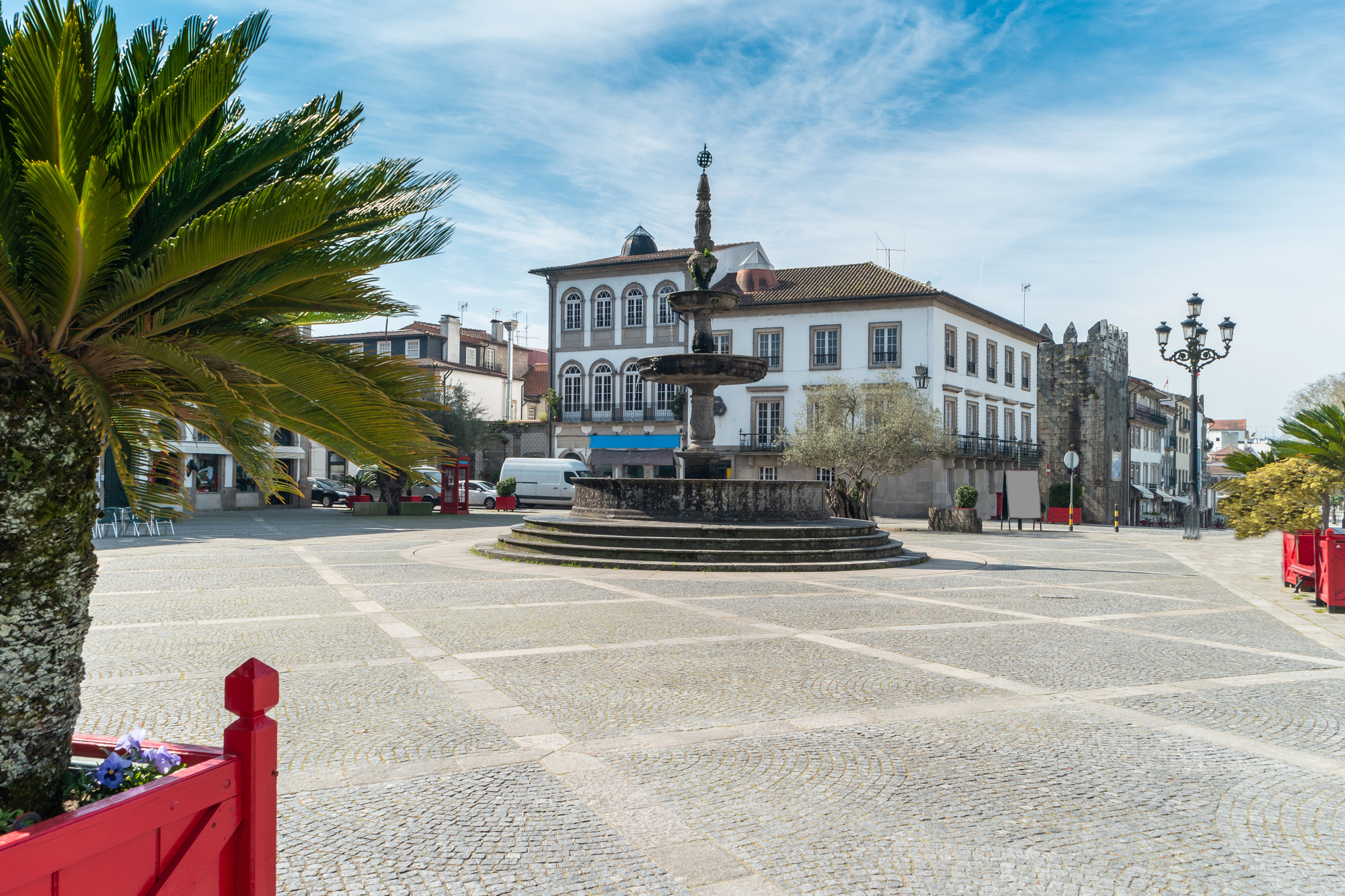
One of Portugal’s oldest and prettiest towns, Ponte de Lima is known for its charm, history, and peacefulness that make it a wonderful place to spend the day. The medieval stone bridge crossing the Lima River gives the town its name and serves as its central attraction.
Enjoy the relaxed atmosphere at a riverside café while sampling the region’s famous vinho verde (green wine).
Lamego
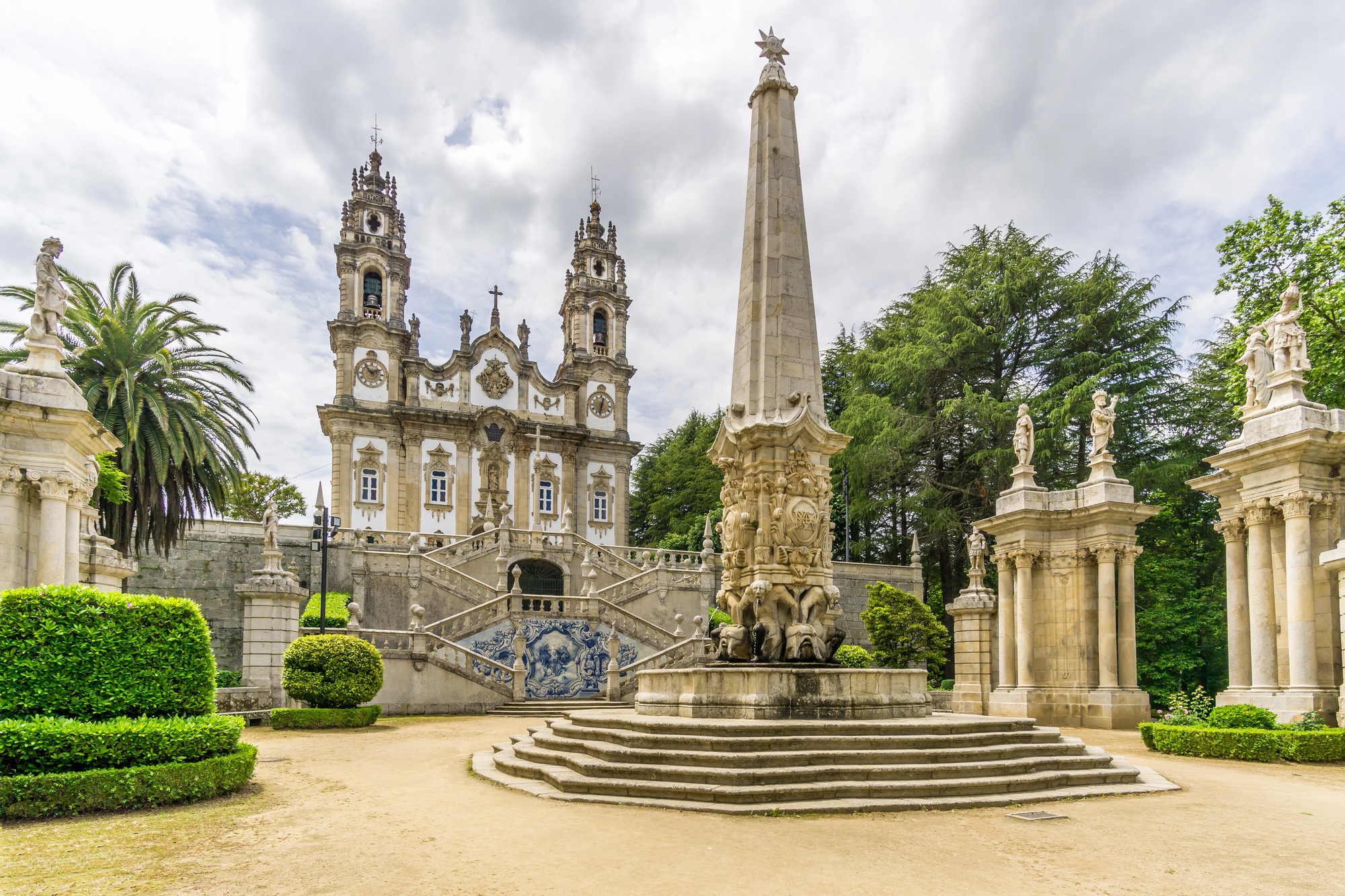
This old Baroque village in the Douro region is famous for making port wines. The town has deep historical roots, but its main attraction is the Nossa Senhora dos Remédios sanctuary perched atop Monte de Santo Estevão.
The dramatic Baroque staircase with 686 steps leads up to the church, offering increasingly beautiful views as you ascend.
Like Travel Pug’s content? Follow us on MSN.
Costa Nova Beach
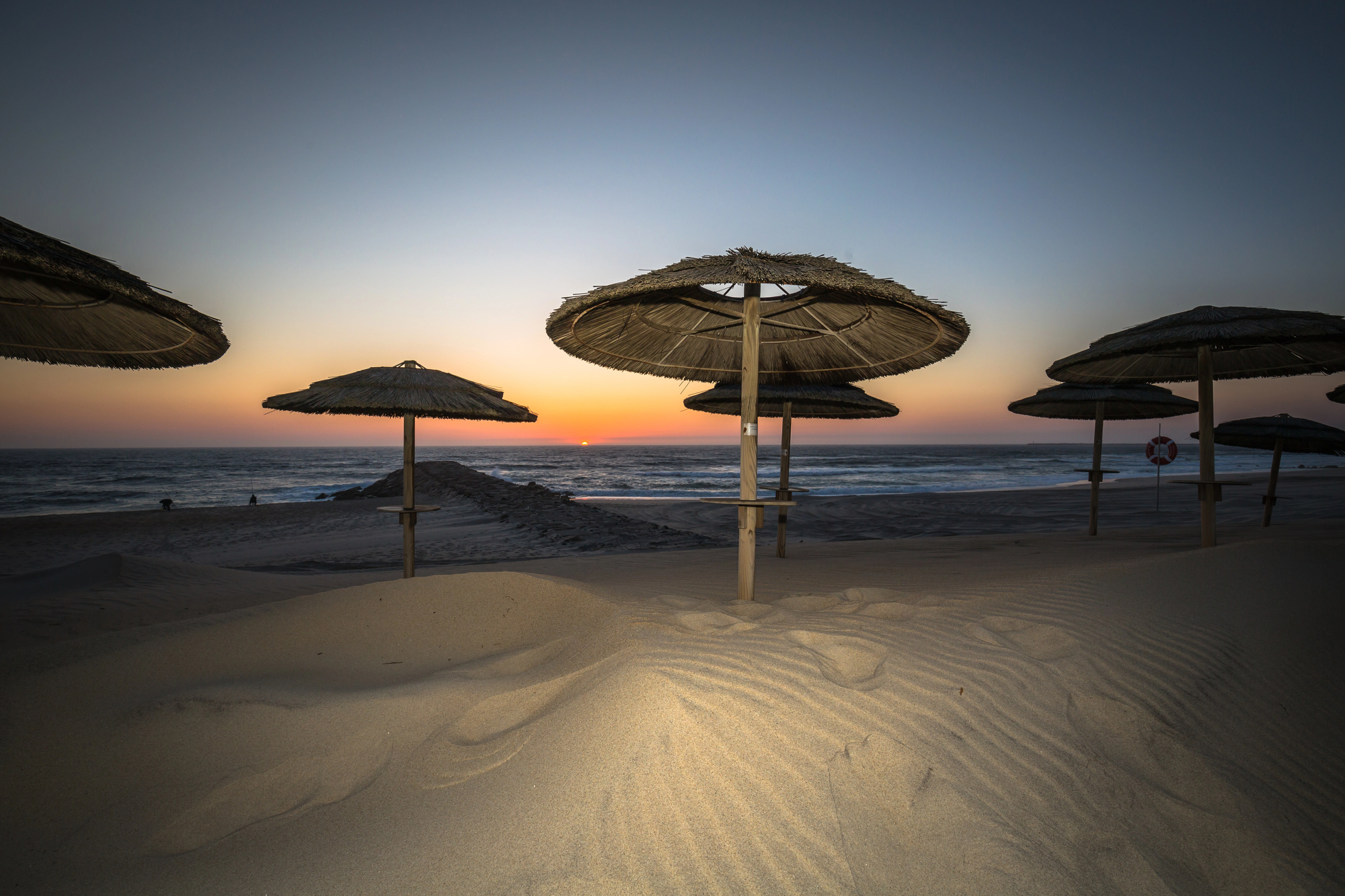
The beach houses of Costa Nova are one of northern Portugal’s most photographed sights, with their distinctive striped patterns lining the beach and harbourfront. These colorful structures, known as palheiros, were originally built as fishing shelters and storage facilities.
Today, they create a unique backdrop to the golden sandy beach that stretches along the Atlantic coastline.
Amarante
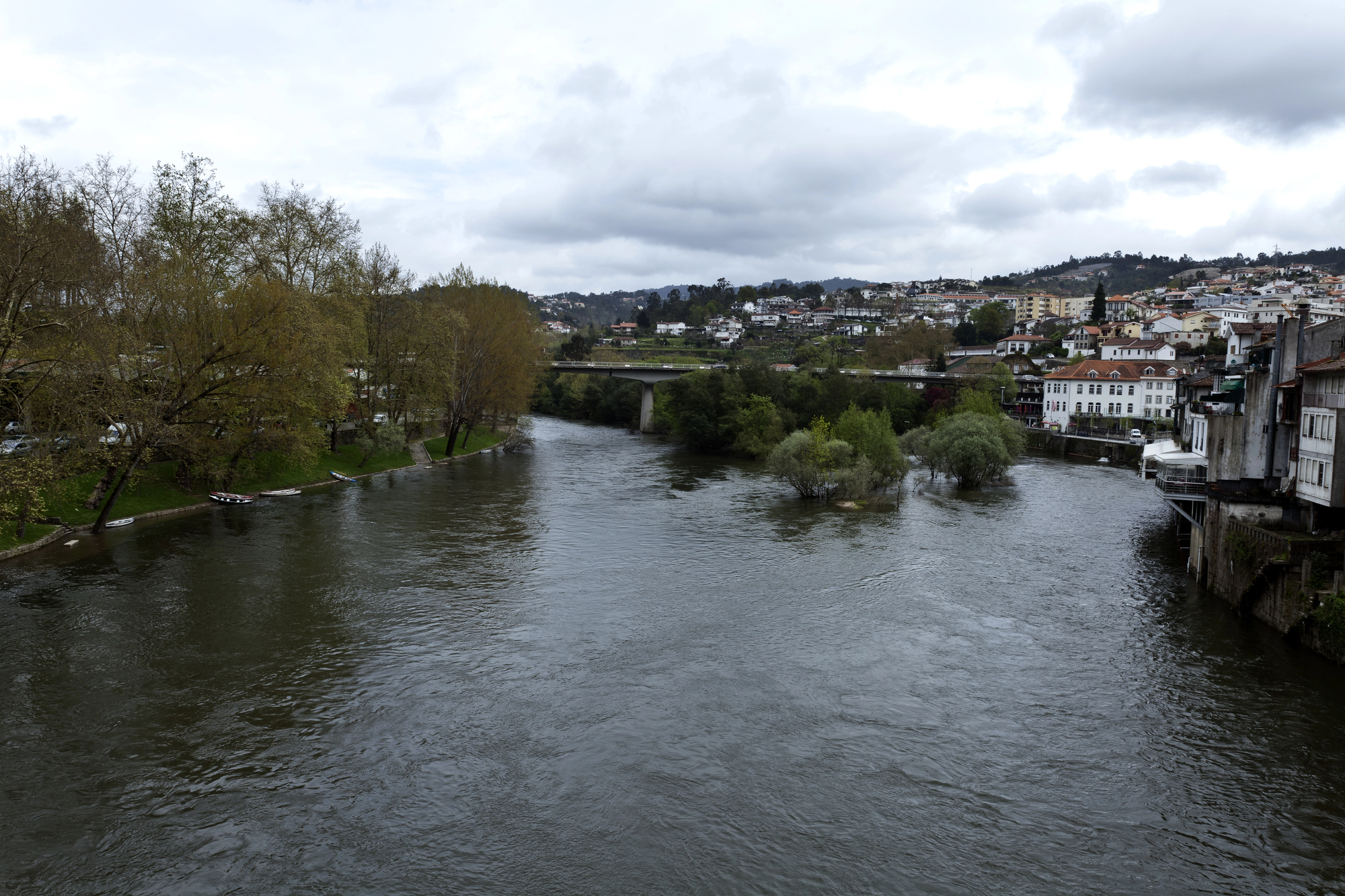
This picturesque riverside town is built along the banks of the Tâmega River. The town’s symbol is its beautiful stone bridge, reportedly built by Saint Gonçalo in the 12th century.
Amarante is known for its traditional pastries and the local sparkling vinho verde. The town comes alive during the São Gonçalo festival, which features unique traditions and celebrations.
Valença do Minho
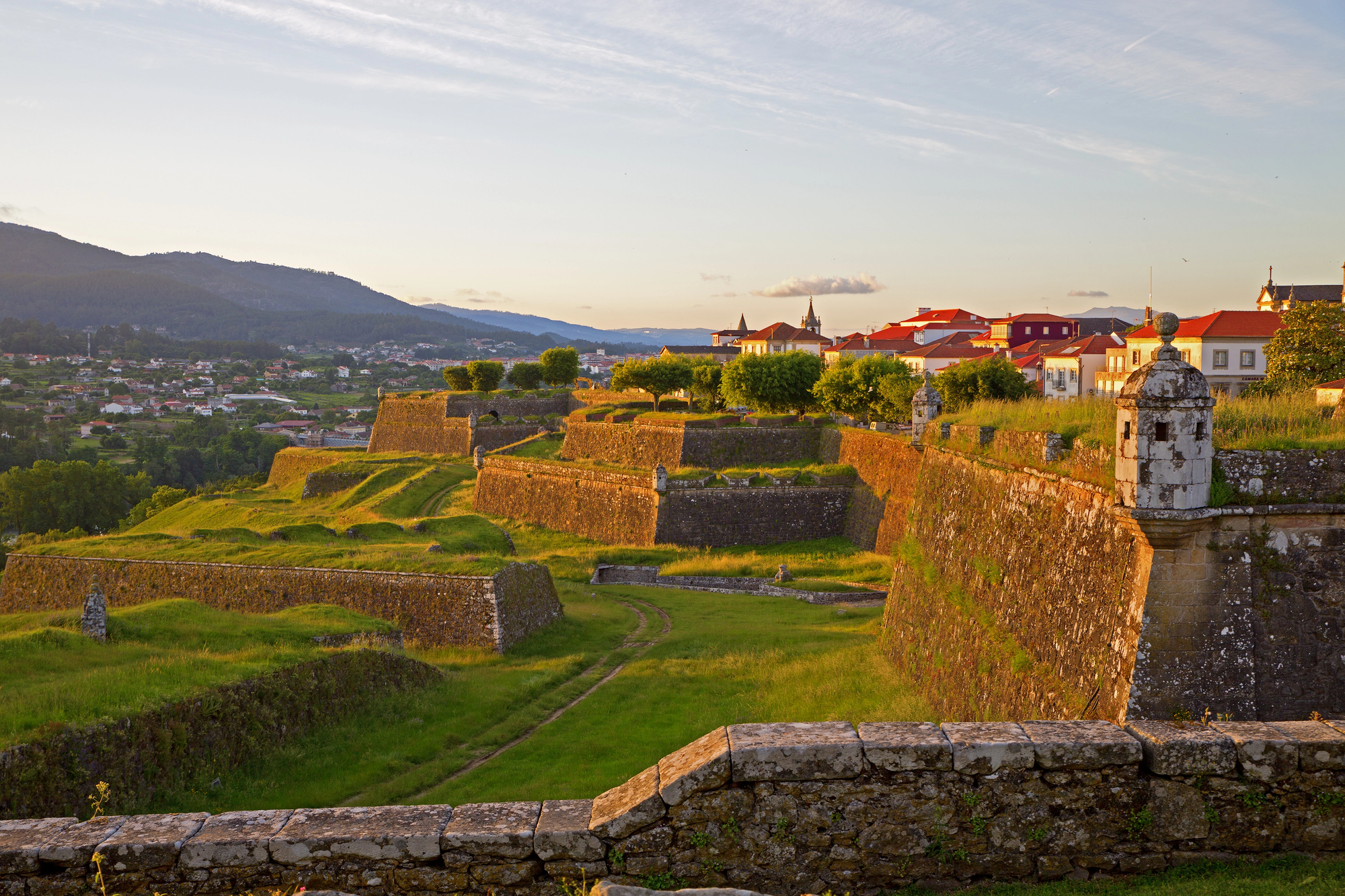
This impressive fortified town sits directly on the border with Spain, overlooking the Minho River. The star-shaped fortress walls encircle the old town, creating a fascinating maze of cobblestone streets and historic buildings.
From the ramparts, visitors can enjoy views across Spain and the surrounding countryside. The town is also known for its textile traditions.
Like Travel Pug’s content? Follow us on MSN.
516 Arouca Bridge

For thrill-seekers, the world’s longest pedestrian suspension bridge spans 1,693 feet across the Paiva River gorge. Walking across the mesh platform suspended 574 feet above the canyon floor provides an exhilarating experience and spectacular views of the surrounding landscape.
The nearby Paiva Walkways offer a less nerve-wracking but equally beautiful experience along wooden pathways hugging the river valley.
Aveiro

Often called the “Venice of Portugal,” Aveiro is built around a network of canals dotted with colorful moliceiro boats. These traditional vessels, originally used for seaweed harvesting, now take visitors on tours through the waterways.
The city is also famous for its Art Nouveau architecture and ovos moles, delicious sweet treats made from egg yolks and sugar.
The Minho River Valley
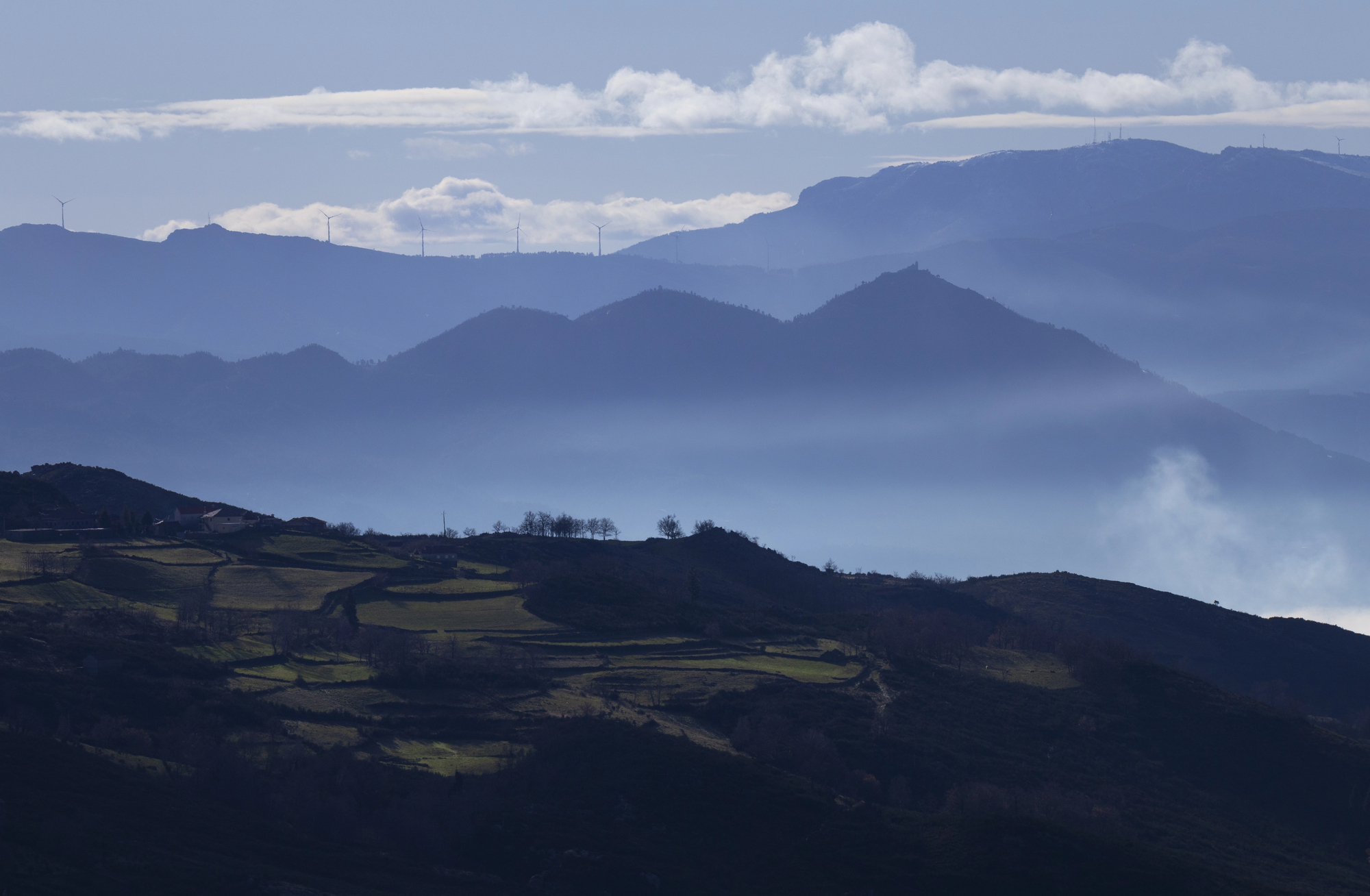
The northernmost region of Portugal runs along the Minho River, which forms a natural border with Spain. This part of the Alto Minho region is focused on the alvarinho grape, which makes beautiful green wines that you can taste everywhere.
Charming towns like Caminha, Valença, and Monção dot the landscape, each offering unique attractions and glimpses into traditional Portuguese life.
Like Travel Pug’s content? Follow us on MSN.
A Cultural Tapestry Worth Exploring
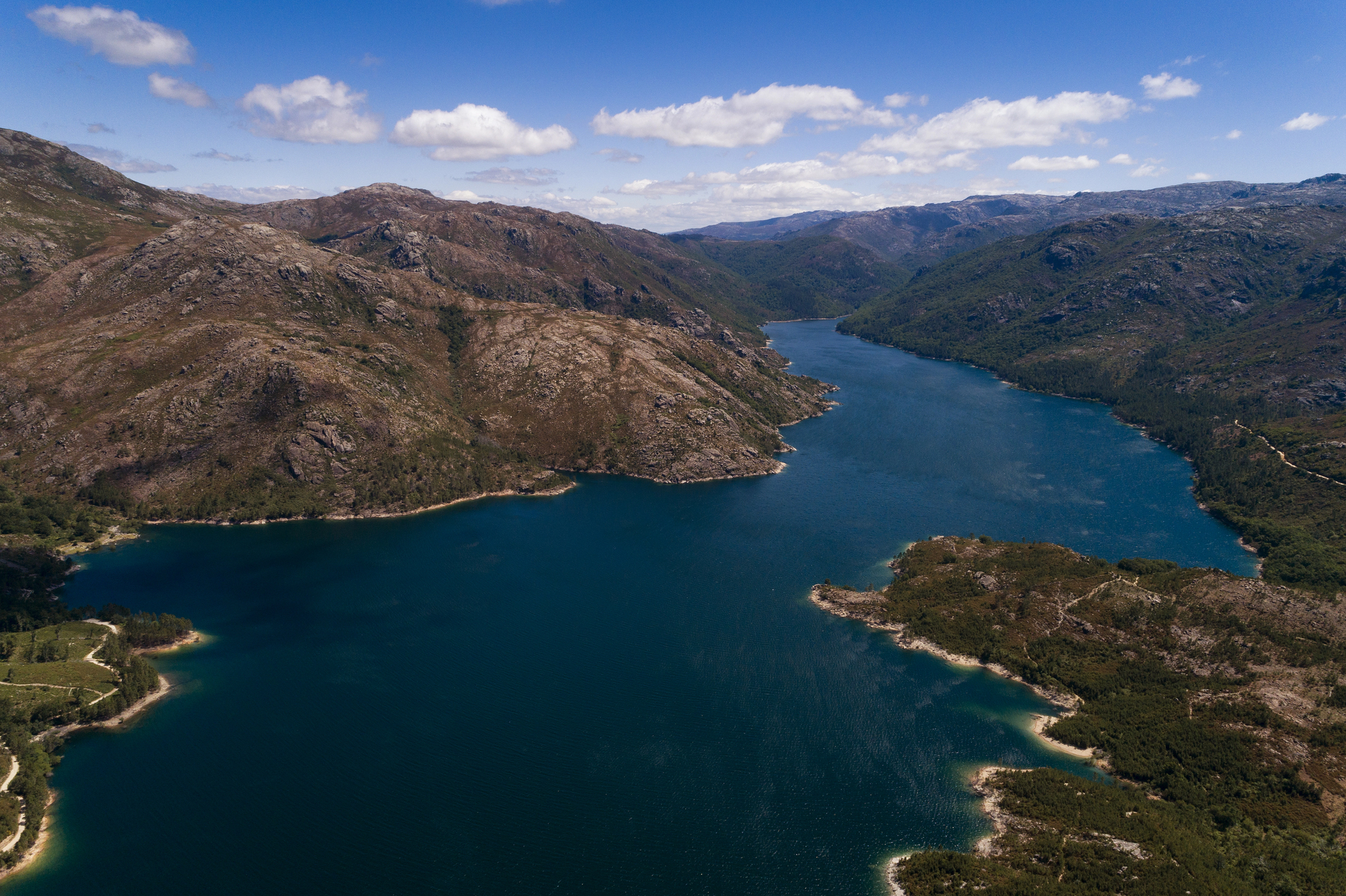
Northern Portugal remains one of Europe’s most authentic and unspoiled regions, where traditions run deep and modern life moves at a gentler pace. From world-class wines and delicious cuisine to historic monuments and natural wonders, this region offers remarkable experiences that linger in visitors’ memories long after they’ve returned home.
Whether you’re hiking through mountain landscapes, sampling port in ancient cellars, or wandering medieval streets, Northern Portugal rewards those who take the time to explore its many treasures.
More from Travel Pug

- Cities Growing so Fast You Won’t Recognize Them in 10 Years
- 13 Destinations Where Tourists Regularly Regret Their Trip
- 16 U.S. Cities That Are Quietly Becoming Travel Hotspots
- Where to Travel If You Love Long Bus Rides and Daydreams
- 20 Cities Perfect for Solo Travelers Who Crave Adventure & Culture
Like Travel Pug’s content? Follow us on MSN.
